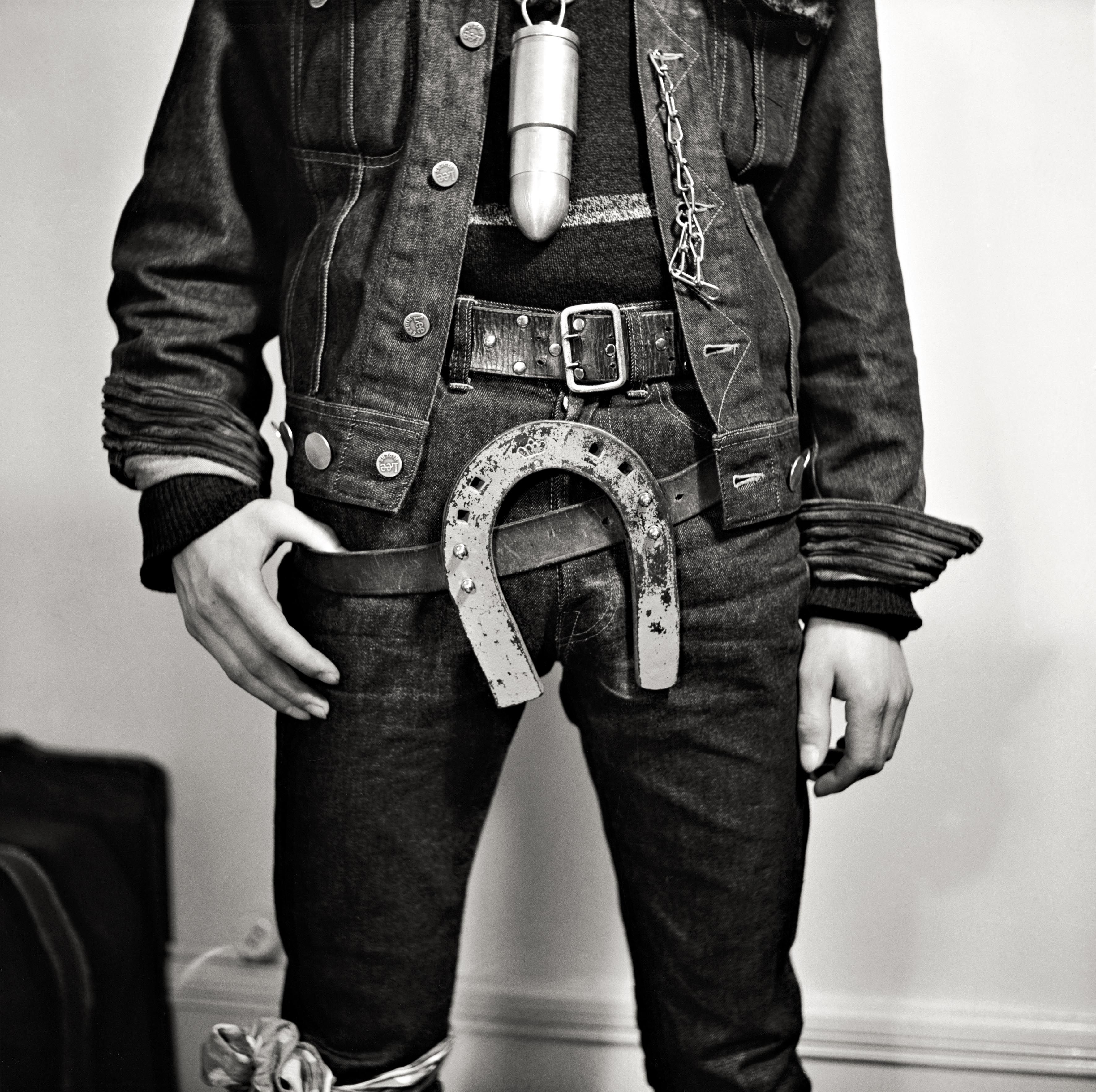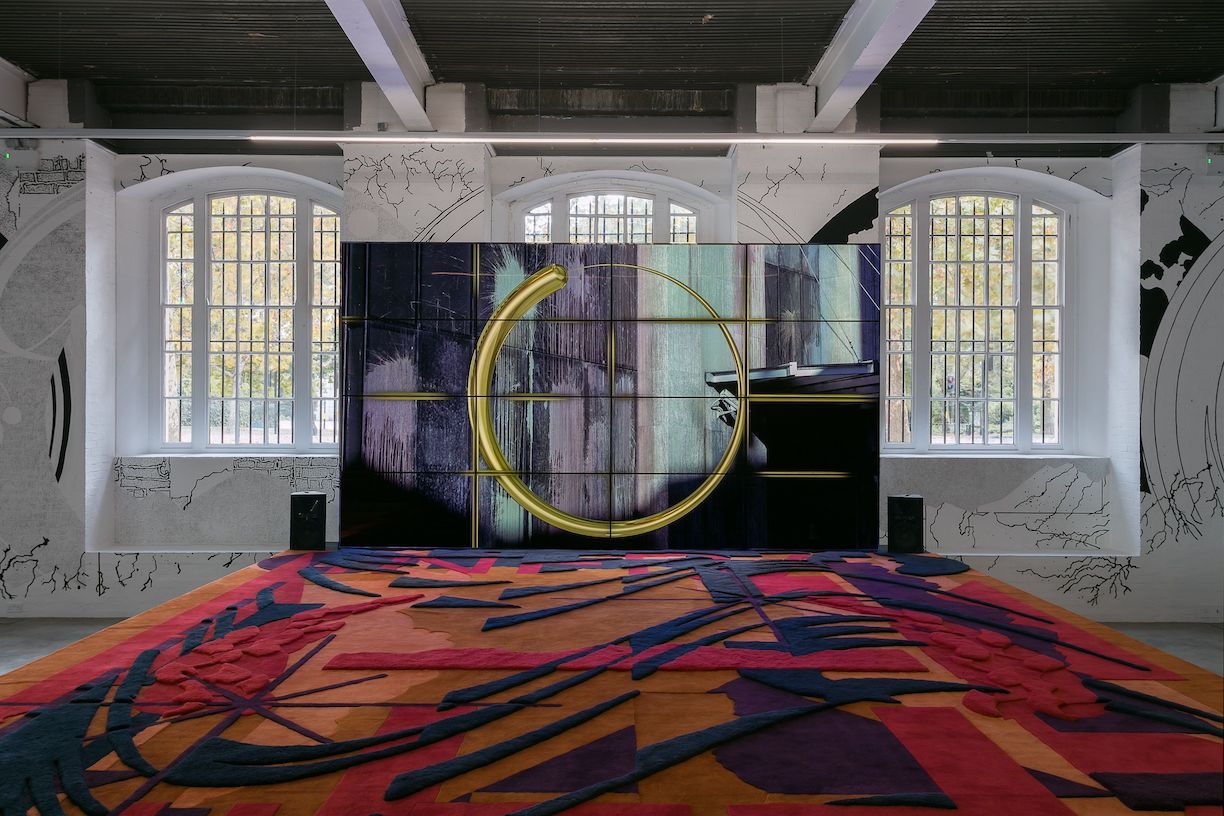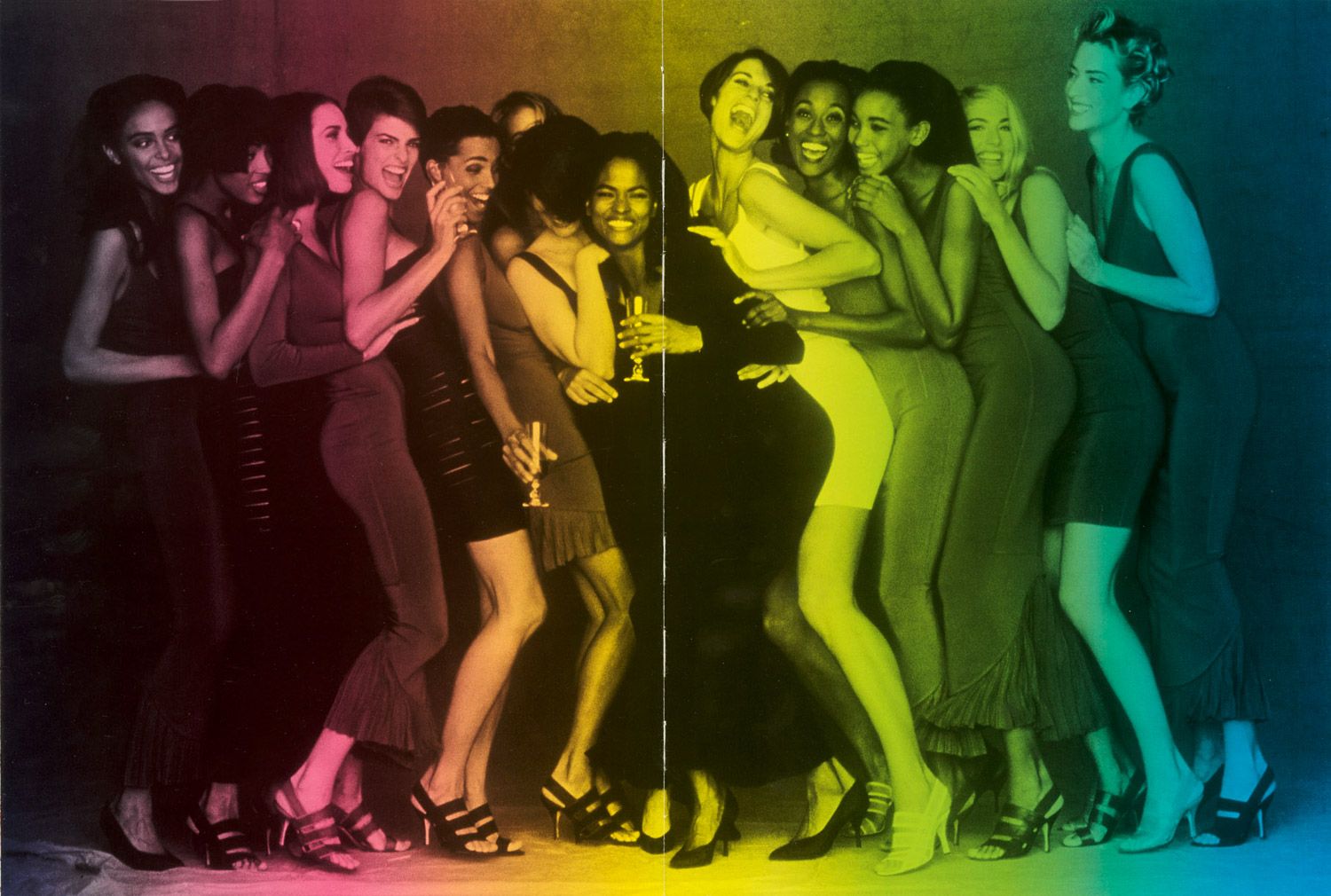BRING ON THE WATERWORKS! A History of Pissing in Art from 1280 to the Present
|Thom Bettridge

Everyone pisses. However, when the act of urination is brought out from behind closed doors – either in front of people, or onto people – it becomes more loaded.
Pissing in public is a crime in many countries. “Pee tapes” temporarily undid the career of R. Kelly and loom as unconfirmed blackmail over the current United States presidency. And yet, in a faded fresco by Cimabue dated circa 1280, three angels stand over a crucified Christ, all with a hand on their penises, seemingly washing him from above with their bodily fluids.
In the book Pissing Figures – an academic volume with an aptly deep-orange cover – art historian Jean-Claude Lebensztejn unpacks the complexities of urination in Western art. The book’s stars are the putti – the naughty and plump angels often found urinating in masterpieces throughout the Quattrocento and beyond. Somewhere between human and divine, putti pee holy water into basins and relieve themselves freely in scenes of revelry. In one canvas by Guido Reni, an imp-like Bacchus downs a carafe of wine as he simultaneously pisses onto the ground, his body a conduit that inhales lust and pisses ecstasy. The peeing putto is a symbol that underscores the pagan id within Western painting’s amalgam of Classicism and Christianity. But even this party comes with its own hangovers.

Zeroing in on two Bacchanals from the sixteenth century, Lebensztejn describes a pissing contest between rival masters Titian and Michelangelo. Commissioned by the Ferrara court as part of a series of mythological paintings, Titian’s The Bacchanal of the Andrians (c.1523–1526) depicts a crowd of men and women pastorally swirling into each other along a coastline. The painting’s only child: an angelic putto who lifts his tunic to pee onto the feet of Venus. Michelangelo, no doubt, passed through Ferrara to see the work. Seven years later, he created a drawing for his friend Tommaso dei Cavalieri that depicts a very different kind of bacchanal – one where various groups of putti pack together into depraved hives as they wrestle with a horse and pee into saucers. Michelangelo’s Children’s Bacchanal (1533) reminds us that urinating without shame is also the practice of animals, one that when done by humans issues a threat toward society itself. This subversive side of urination has its own historical lineage. Ancient legend has it that when Athenian elites threw bones at the philosopher and proto-anarchist Diogenes the Cynic as if he were a dog, he responded in kind by pissing on them – like a dog.


Art as urine-soaked defiance, which Leben- sztejn surveys in his chapter “Pissed Art,” was the dominant trajectory of the genre in our epoch. The twentieth century saw the angelic streams of Titian replaced by the transgressive spectacles of Viennese Actionism and the bondage watersports of Robert Mapplethorpe. Marcel Duchamp – whose masterpiece Fountain (1917) was itself a urinal – summed this spirit up perfectly in one of his famous anagrams: Ruiner, Uriner [“To Ruin, To Urinate”]. It has been rumored that traces of pee might be found on the canvases of Jackson Pollock, the abstract expressionist who had a notable habit of getting drunk at dinner parties to the point of pissing in the fireplace. Taking a cue – or perhaps pissing on – the gesturalism of Pollock, Andy Warhol’s “Oxidation Paintings” were the artist’s pivot from screen-printing into a more painterly phase. To Warhol’s delighted surprise, these paintings underwent a kind of saintly transfiguration when exhibited: “When I showed them in Paris, the hot lights made them melt again; it’s very weird when they drip down … Then you can understand why those holy pictures cry all the time.”
But the mortar of transgression cannot exist without the pestle of shame. As Freud describes in a writing quoted by Lebensztejn, young children are proud to display their excrement until they are trained not to by the mores of polite society. For this reason, to pee without shame is to cast away one’s claim on social humanity in a thin yellow stream. And yet, as members of a capitalist economy that encourages us to consume publicly and “produce” our waste behind closed doors, we cannot help but look back jealously toward the animalistic bacchanals of the baby putti.



Pissing Figures is published by David Zwirner Books (New York, 2017).
Credits
- Text: Thom Bettridge


